Ask AI on The Internet
Question: Question 1 1.1 Discuss what is meant by the following: a) Modern democracy (3) b) Citizenship education (3) 1.2 Discuss the two types of citizenship education, and indicate which approach (active or passive) you think is the best one for learners. Substantiate your answer. (10) 1.3 Discuss the two main features of the apartheid state in South Africa. (4) [20] Question 2 2.1 Explain why it is important that learners understand the notion of democracy in the new South Africa (after apartheid). (6) 2.2 Explain ‘soft’ and ‘hard’ notions of community participation in citizenship education. (4) 2.3 Explain what a cosmopolitan approach to citizenship education entails, and indicate how learners could benefit from this approach. (10) [20] Question 3 3.1 What is social stratification? (4) 3.2 From a sociological perspective, discuss what is meant by: i) Gender (3) ii) Diversity (3) 3.3 “Access to schooling is largely dependent on race, class and gender.” Briefly discuss the term “access”. (4) 3.4 Provide an argument to argue that access is dependent on the race, class, and gender of the learner. (6) [20] Question 4 4.1 What is identity? (2) 4.2 Define “culture”. (2) 4.3 Discuss and provide ONE example of each of the following: i) Culture as tradition (4) ii) Culture as symbol system (4) iii) Culture as motive and emotion (4) 4.4 If you had the power to change discrimination in schools, what practices would you introduce as a teacher? (4) [20] Question 5 5.1 Identify yourself with a teacher. Discuss the guidelines for gender-fair teaching in schools and explain – with examples – why there might be problems in schools with the implementation of some of the guidelines. (10) 5.2 Discuss what is meant by “achieved characteristics”. (6) 5.3 In which social class do you think SGBs are? Provide a reason for your answer. (4) [20] TOTAL: [100]
Alright! Let’s tackle each question one at a time, providing a detailed explanation to help you craft comprehensive answers. ### Question 1 #### 1.1 Discuss what is meant by the following: **a) Modern democracy** (3) Modern democracy refers to a form of governance where power is vested in the hands of the people, either directly or through elected representatives. It emphasizes the principles of equality, freedom, and justice, promoting the active participation of citizens in political processes. Key features include free and fair elections, the rule of law, and the protection of human rights. **b) Citizenship education** (3) Citizenship education involves the teaching and learning process geared towards preparing individuals to be informed, active, and responsible citizens. It covers knowledge about civic rights and responsibilities, democratic institutions, and practices, and nurtures skills for participation in public life, critical thinking, and social cohesion. #### 1.2 Discuss the two types of citizenship education, and indicate which approach (active or passive) you think is the best one for learners. Substantiate your answer. (10) **Types of Citizenship Education:** - **Active Citizenship Education:** Focuses on engaging students in practical activities that promote civic participation, such as community service, debates, and participatory decision-making. It aims to instill a proactive attitude towards social and political issues. - **Passive Citizenship Education:** Emphasizes theoretical knowledge and understanding of civic concepts, politics, and government structures without necessarily encouraging active involvement. It often involves traditional classroom learning and rote memorization. **Best Approach:** Active citizenship education is generally considered more effective for learners as it encourages practical engagement, critical thinking, and real-world application of knowledge. Engaging actively helps students develop a deeper understanding of democratic processes, empathy, and skills for collaborative problem-solving. This experiential learning fosters a sense of responsibility and empowerment, leading to more informed and engaged citizens. #### 1.3 Discuss the two main features of the apartheid state in South Africa. (4) 1. **Racial Segregation:** Apartheid enforced a strict separation of racial groups in all areas of public life, including education, healthcare, living areas, and employment. The races were classified into four main groups: White, Black, Coloured, and Indian, with Whites enjoying the highest status and privileges. 2. **Institutionalized Discrimination:** Apartheid laws systematically disenfranchised and oppressed non-White populations through a range of policies that limited their political representation, economic opportunities, and access to quality public services. The legal framework of apartheid ensured that the minority White population maintained control over the country's resources and governance. ### Question 2 #### 2.1 Explain why it is important that learners understand the notion of democracy in the new South Africa (after apartheid). (6) Understanding democracy is crucial for learners in post-apartheid South Africa to: 1. **Promote Social Cohesion:** Fosters a sense of unity, respect for diversity, and collective identity. 2. **Empowerment:** Encourages active participation in democratic processes and equips students to advocate for their rights and the rights of others. 3. **Prevent History Repetition:** Educates about past injustices to prevent recurrence and develop a more equitable society. 4. **Constitutional Literacy:** Enhances understanding of the Constitution, rights, responsibilities, and the importance of the rule of law. 5. **Critical Thinking:** Develops analytical skills to critically assess political systems, governance, and societal issues. 6. **Active Citizenship:** Encourages engagement in civic duties and democratic practices, fostering robust democratic institutions. #### 2.2 Explain ‘soft’ and ‘hard’ notions of community participation in citizenship education. (4) - **Soft Notions:** Refer to participatory activities that are more consultative and inclusive, aimed at building consensus and educating citizens without necessarily leading to direct decision-making. Examples include community discussions, educational seminars, and public awareness campaigns. - **Hard Notions:** Involve direct involvement and decision-making by community members in governance processes. This includes activities like voting in elections, participating in referenda, and being part of community councils or boards that have real decision-making power. #### 2.3 Explain what a cosmopolitan approach to citizenship education entails, and indicate how learners could benefit from this approach. (10) A cosmopolitan approach to citizenship education emphasizes global citizenship, recognizing the interconnectedness of people worldwide and promoting values like global justice, human rights, and cultural diversity. It involves understanding and appreciating different cultures, fostering global awareness, and preparing students to address global challenges such as climate change, human rights violations, and economic inequality. **Benefits for Learners:** 1. **Broadened Perspectives:** Encourages learners to think beyond local contexts and consider global issues and diverse viewpoints. 2. **Cultural Competence:** Fosters appreciation of cultural diversity and equips students with skills to navigate multi-cultural environments. 3. **Ethical Responsibility:** Instills a sense of global responsibility and ethics, encouraging learners to contribute to worldwide betterment. 4. **Critical Thinking:** Develops the ability to critically analyze global systems and their impact on local and global scales. 5. **Empowerment:** Prepares students to engage in global dialogues and initiatives, advocating for sustainable and equitable solutions. 6. **Interconnected Understanding:** Enhances understanding of how local actions can have global consequences, promoting informed decision-making. ### Question 3 #### 3.1 What is social stratification? (4) Social stratification refers to the hierarchical arrangement of individuals or groups in a society based on various factors like wealth, income, social status, occupation, and power. It manifests through structured inequalities that affect people's life chances and access to resources and opportunities. #### 3.2 From a sociological perspective, discuss what is meant by: **i) Gender** (3) Gender refers to the social, cultural, and psychological traits and behaviors that a society considers appropriate for men and women. It encompasses the roles, norms, and expectations associated with being male or female, which can vary significantly across different cultures and historical periods. **ii) Diversity** (3) Diversity refers to the presence and inclusion of a wide range of different characteristics within a group, society, or organization. These characteristics can include race, ethnicity, gender, age, sexual orientation, disability, socioeconomic status, and cultural background. Embracing diversity involves recognizing, valuing, and respecting these differences to create an inclusive environment. #### 3.3 “Access to schooling is largely dependent on race, class and gender.” Briefly discuss the term “access”. (4) Access refers to the ability or opportunity to utilize or benefit from services and resources, such as education. It involves not just the physical availability of schools, but also the affordability, cultural relevance, and inclusivity of educational environments. Access is influenced by multiple factors including social, economic, political, and cultural dynamics that can either enable or hinder students' ability to attend and thrive in school. #### 3.4 Provide an argument to argue that access is dependent on the race, class, and gender of the learner. (6) **Argument:** 1. **Race:** Historical and systemic racism has created disparities in access to quality education. In many societies, minority racial groups may have fewer educational resources, less funding, and lower-quality schools in their communities. 2. **Class:** Socioeconomic status significantly affects access to education. Families with higher income can afford better schools, private tutoring, educational materials, and extracurricular activities, while those from lower socioeconomic backgrounds may struggle with school fees, transportation, and lack of educational support. 3. **Gender:** Gender norms and stereotypes impact educational access and opportunities. In some cultures, girls may be discouraged from pursuing education or may face barriers such as early marriage, while boys might be pressured to work rather than attend school. Additionally, existing gender biases in teaching and curricula can affect the learning experiences of students. ### Question 4 #### 4.1 What is identity? (2) Identity refers to the qualities, beliefs, personality, appearance, and cultural affiliations that define a person or a group. It encompasses how individuals perceive themselves and how they are perceived by others, influencing their behavior, choices, and interaction with the world. #### 4.2 Define “culture”. (2) Culture is a complex system of values, beliefs, customs, languages, practices, and artifacts that are shared and transmitted by a group of people. It shapes their worldview, behaviors, and ways of life, and is passed down from generation to generation, constantly evolving through social interactions and experiences. #### 4.3 Discuss and provide ONE example of each of the following: **i) Culture as tradition** (4) Culture as tradition refers to the transmission of customs, beliefs, practices, and rituals from one generation to the next, maintaining a sense of continuity and heritage. *Example:* Celebrating Diwali in India with traditional rituals, such as lighting lamps, wearing traditional clothes, and sharing sweets, reflects the deep-rooted cultural traditions handed down through generations. **ii) Culture as symbol system** (4) Culture as a symbol system involves the use of symbols, languages, and signs to convey meaning and facilitate communication within a community. *Example:* The use of the Chinese characters and calligraphy in Chinese culture symbolizes linguistic and aesthetic traditions, conveying rich meanings and artistic expressions. **iii) Culture as motive and emotion** (4) Culture as motive and emotion highlights how cultural norms and values shape individuals’ motivations, desires, and emotional expressions, influencing their behavior and relationships. *Example:* The American cultural emphasis on individualism and personal achievement motivates people to pursue personal goals passionately, celebrating personal success and independence. #### 4.4 If you had the power to change discrimination in schools, what practices would you introduce as a teacher? (4) To combat discrimination in schools, I would introduce the following practices: 1. **Inclusive Curriculum:** Develop a curriculum that reflects diverse cultures, histories, and perspectives, ensuring all students see themselves represented. 2. **Anti-bias Training:** Implement regular training for teachers and staff to recognize and address their biases, promoting a more inclusive and respectful school environment. 3. **Peer Mentorship Programs:** Establish peer mentorship and support networks that promote mutual understanding and respect among students from different backgrounds. 4. **Diverse Learning Materials:** Use inclusive and diverse educational materials that avoid stereotypes and promote positive representations of all groups. ### Question 5 #### 5.1 Identify yourself with a teacher. Discuss the guidelines for gender-fair teaching in schools and explain – with examples – why there might be problems in schools with the implementation of some of the guidelines. (10) **Guidelines for Gender-Fair Teaching:** 1. **Gender-Neutral Language:** Using language that does not reinforce gender stereotypes or biases. *Example:* Saying "firefighter" instead of "fireman". 2. **Equal Participation Encouragement:** Encouraging both boys and girls to participate equally in all classroom activities and discussions. *Example:* Ensuring girls are as likely as boys to be called on to answer questions in subjects like math and science. 3. **Role Model Exposure:** Providing students with diverse role models that break gender norms. *Example:* Introducing students to male nurses or female engineers. 4. **Curriculum Balance:** Including literature, historical examples, and case studies that equally represent both genders. *Example:* Selecting books with strong female protagonists alongside male ones. **Challenges in Implementation:** 1. **Deep-Seated Biases:** Teachers and staff might have ingrained biases that are hard to recognize and overcome. 2. **Cultural Norms:** Prevailing cultural norms and stereotypes may conflict with gender-fair policies, leading to resistance from parents and the community. 3. **Resource Limitations:** Schools may lack resources to provide balanced materials or offer professional development on gender issues. 4. **Assessment Standards:** Standardized tests and assessments might still reinforce traditional gender roles, making it challenging to practice gender-fair teaching consistently. #### 5.2 Discuss what is meant by “achieved characteristics”. (6) Achieved characteristics are attributes or statuses that individuals acquire through personal effort, choice, and ability rather than being born with them. These characteristics often reflect a person’s accomplishments and skills obtained through education, career, or other personal endeavors. *Example:* Educational qualifications, professional titles, and personal achievements like awards or recognitions represent achieved characteristics. #### 5.3 In which social class do you think SGBs are? Provide a reason for your answer. (4) School Governing Bodies (SGBs) in many contexts might typically belong to the middle or upper-middle class. This is because SGB members often have educational backgrounds, professional expertise, and the time resources necessary to participate in governance activities. They are usually parents or community members who can afford to be engaged in school affairs, balancing these responsibilities with their occupational roles.
Think your answer is better than the AI's? Post it below.
Other Most Relevant Posts:
 **Exploring the Foundations and Implications of Modern Education and Society**
**Title: Navigating Knowledge: Unpacking Democracy, Citizenship, and Society in Educational Contexts**
**Exploring the Foundations and Implications of Modern Education and Society**
**Title: Navigating Knowledge: Unpacking Democracy, Citizenship, and Society in Educational Contexts**
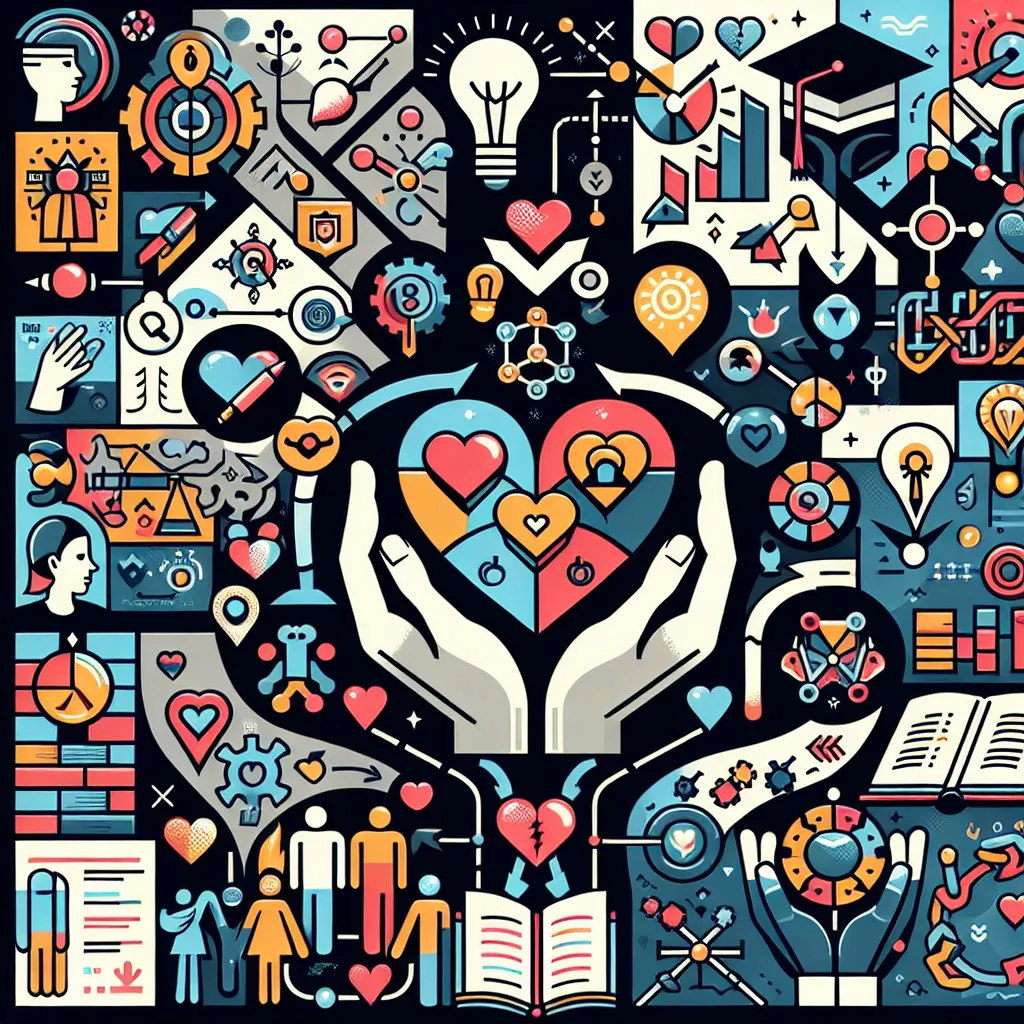 **Education Assessment Guide**
- **Overlap Between Home and School**
- **School Governing Body**
- **Parent Involvement**
- **D6 Communicator App**
- **Case Study Analysis**
- **Mind Map/Word Clo
**Education Assessment Guide**
- **Overlap Between Home and School**
- **School Governing Body**
- **Parent Involvement**
- **D6 Communicator App**
- **Case Study Analysis**
- **Mind Map/Word Clo
Question Tags
If you want your question answered by an AI, click here.
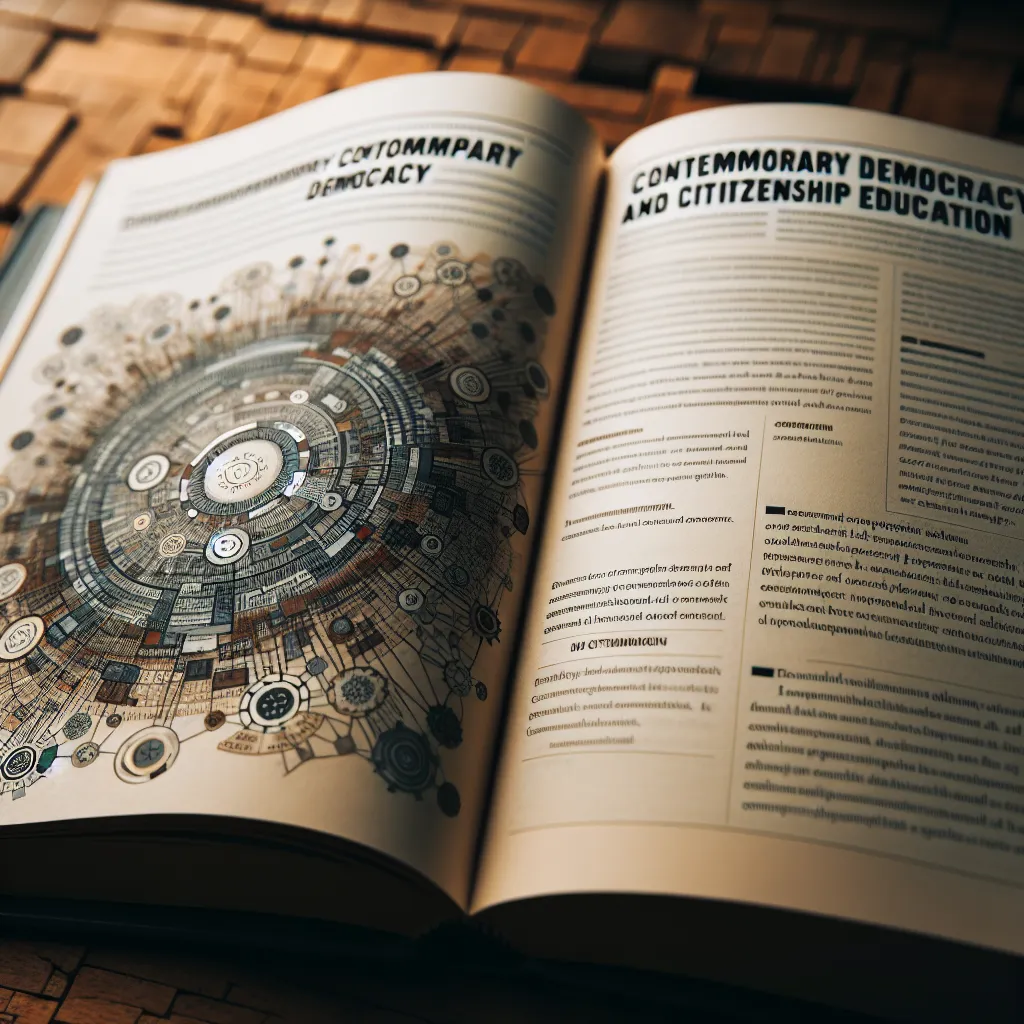
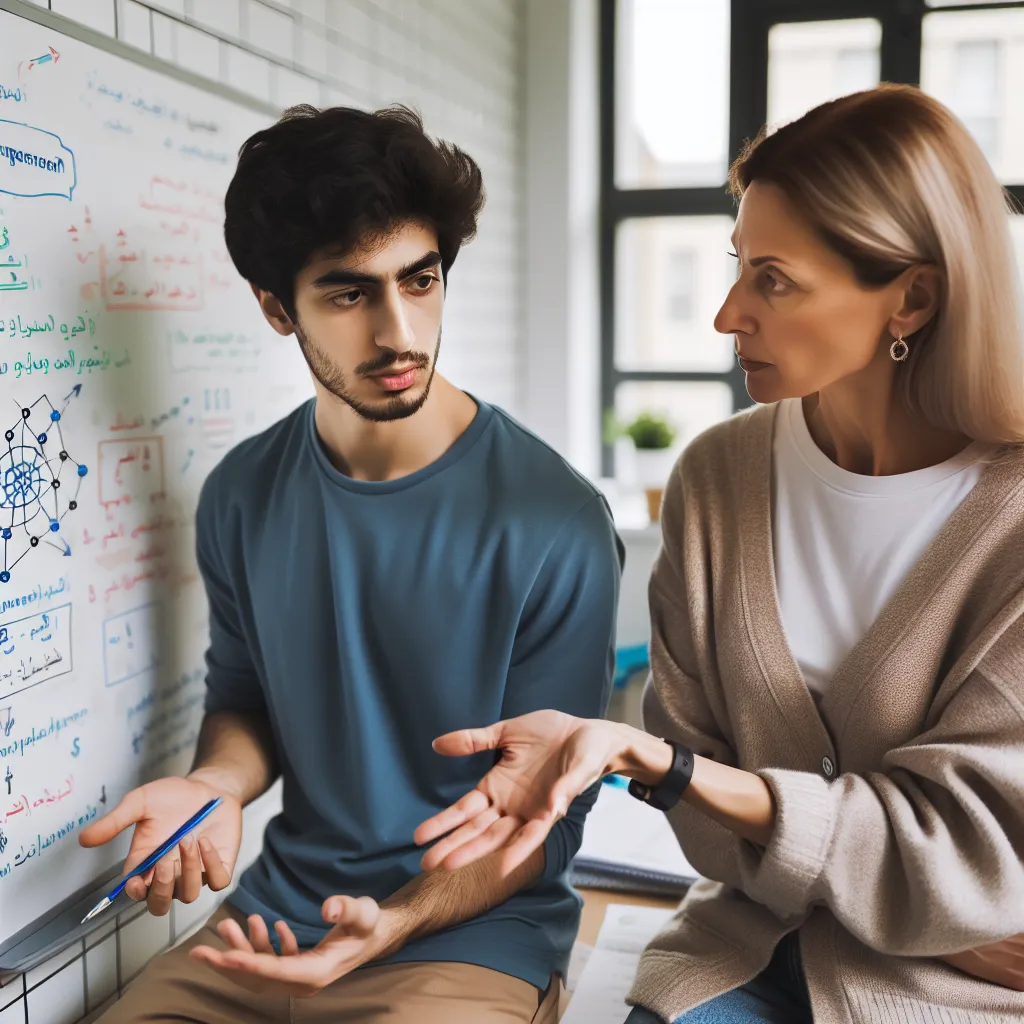
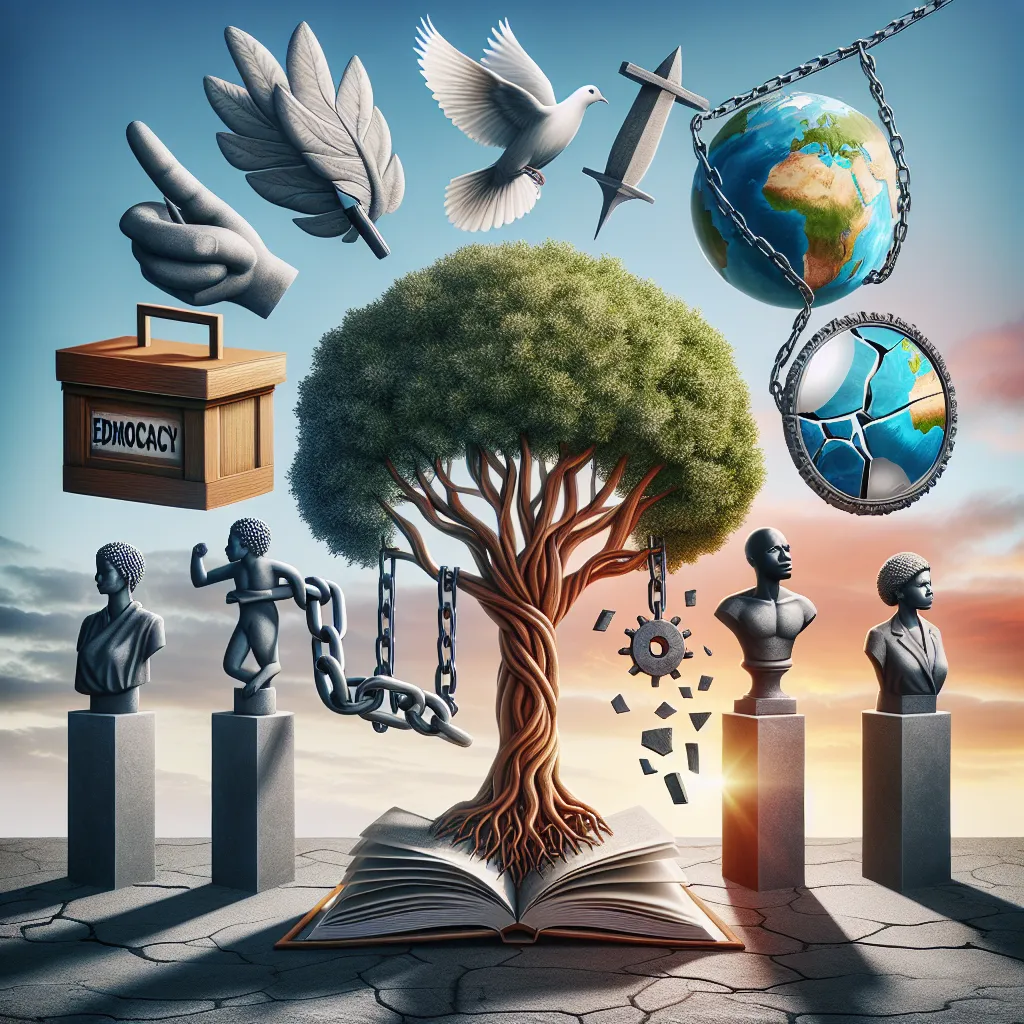
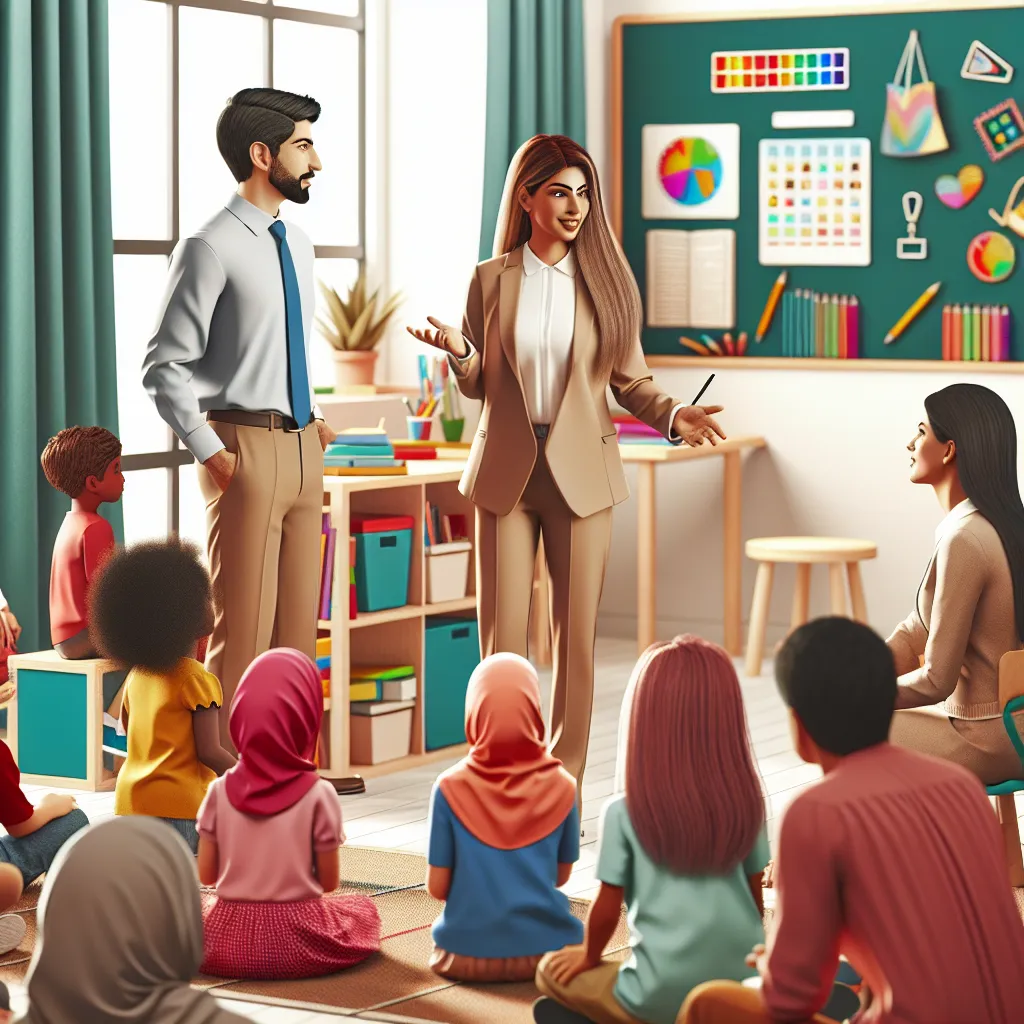

Post your own comment: